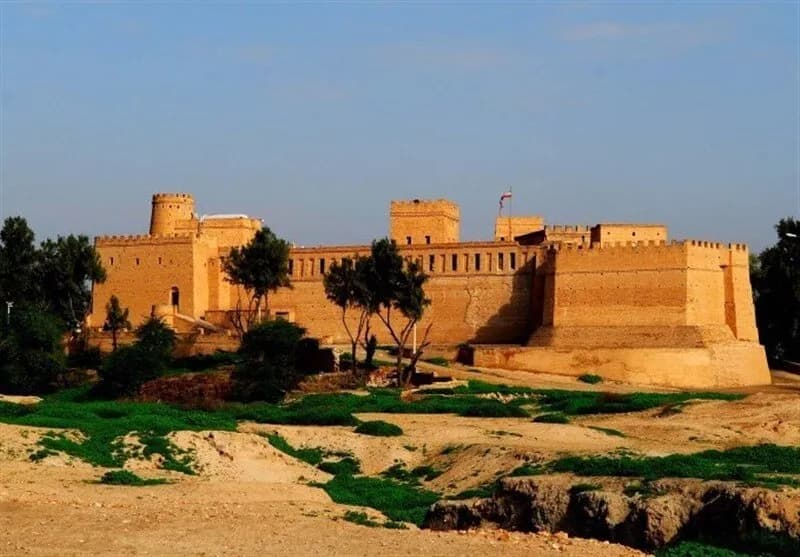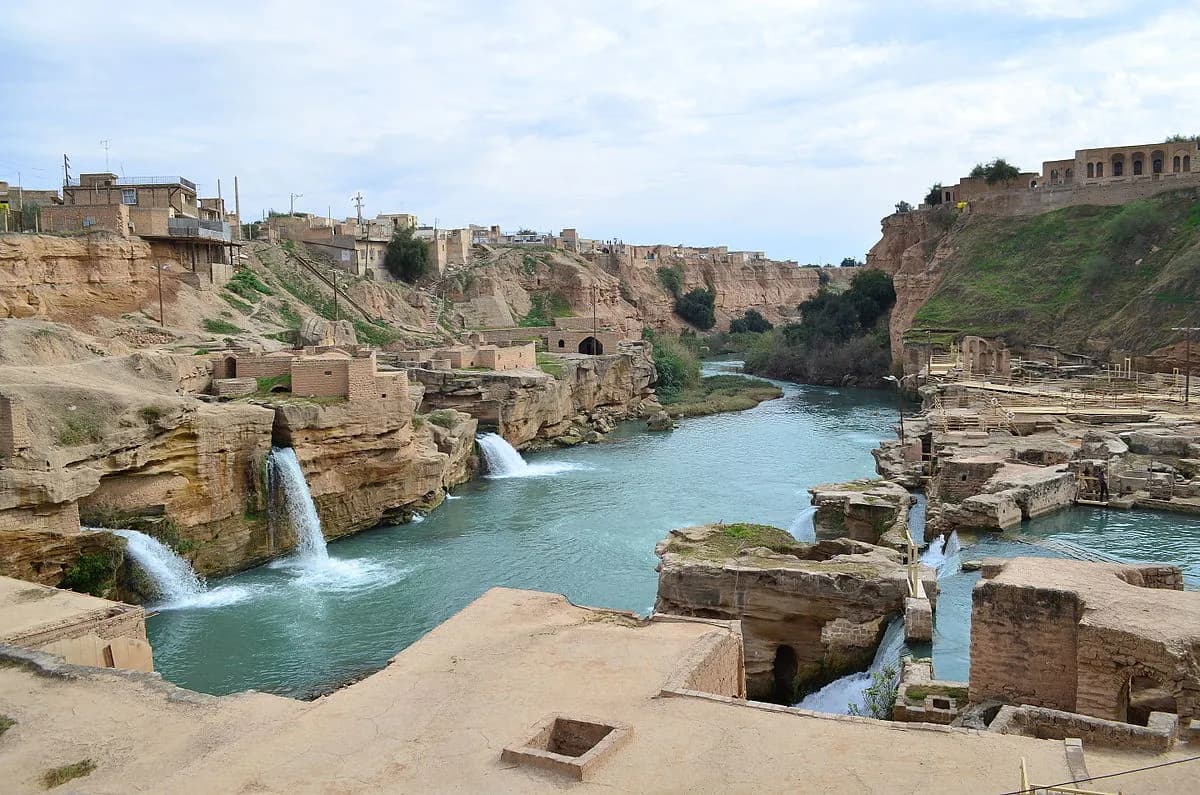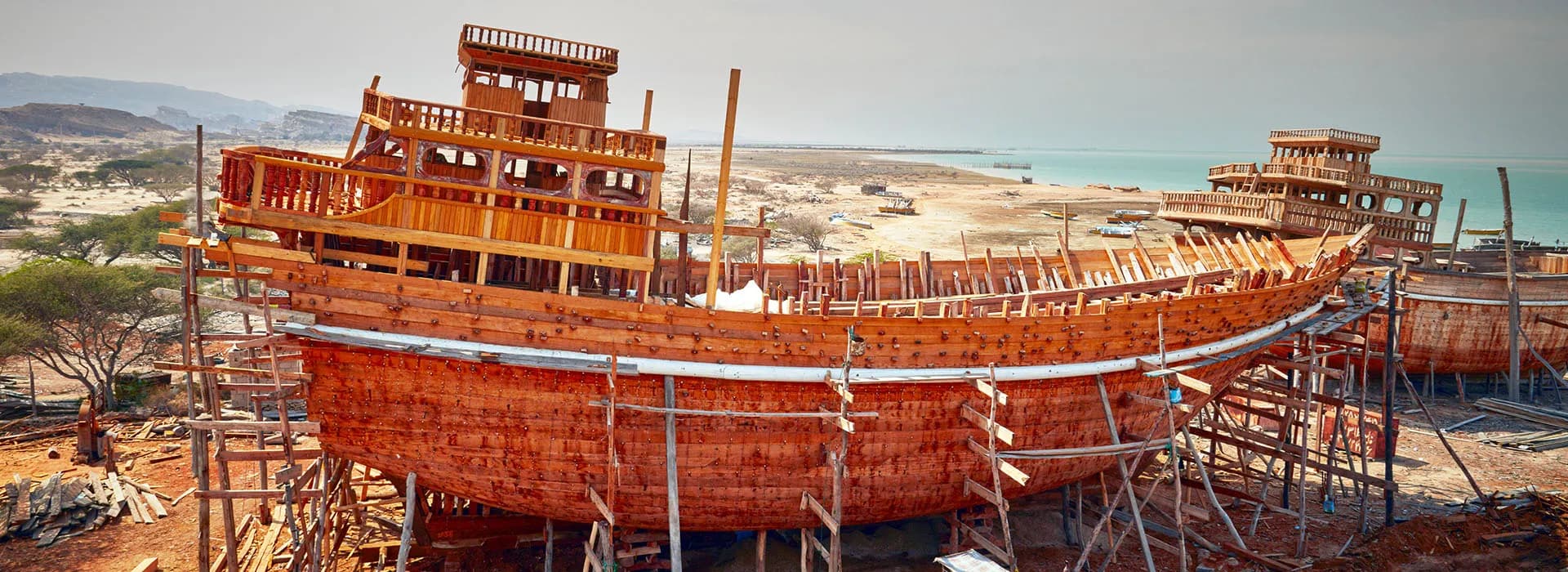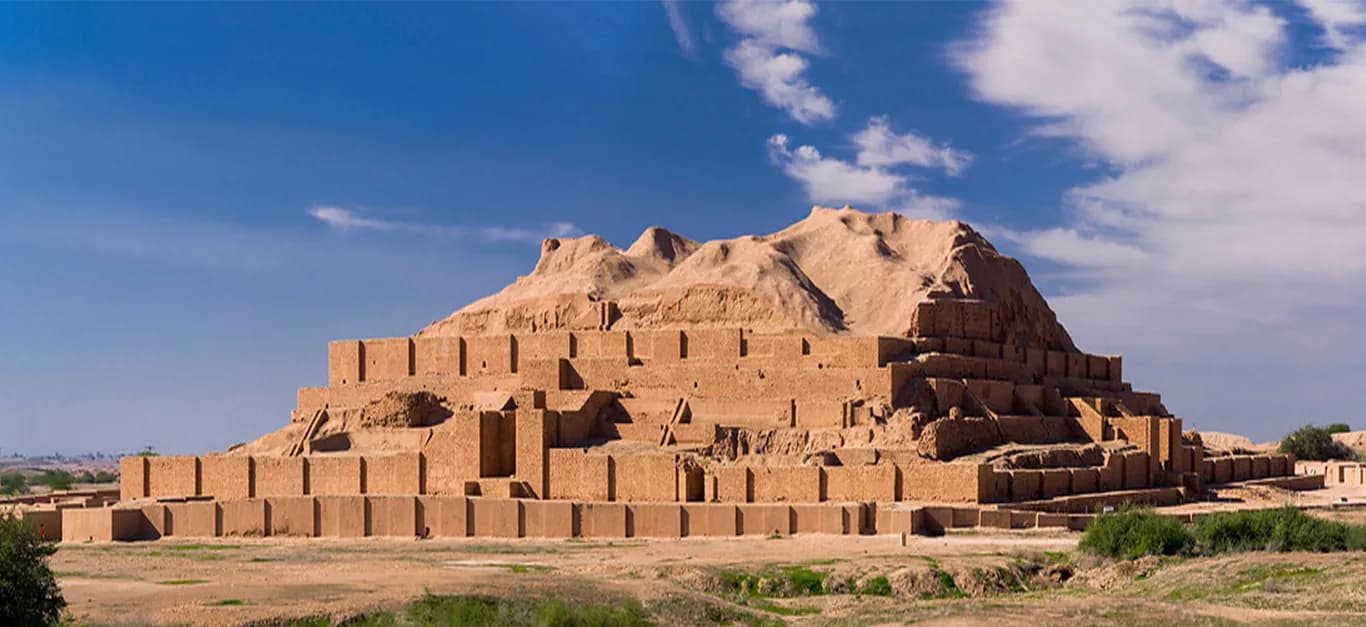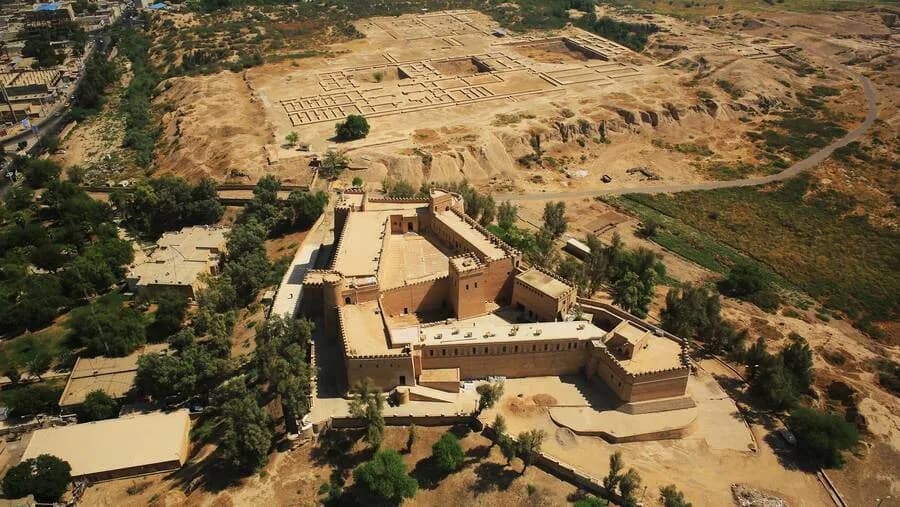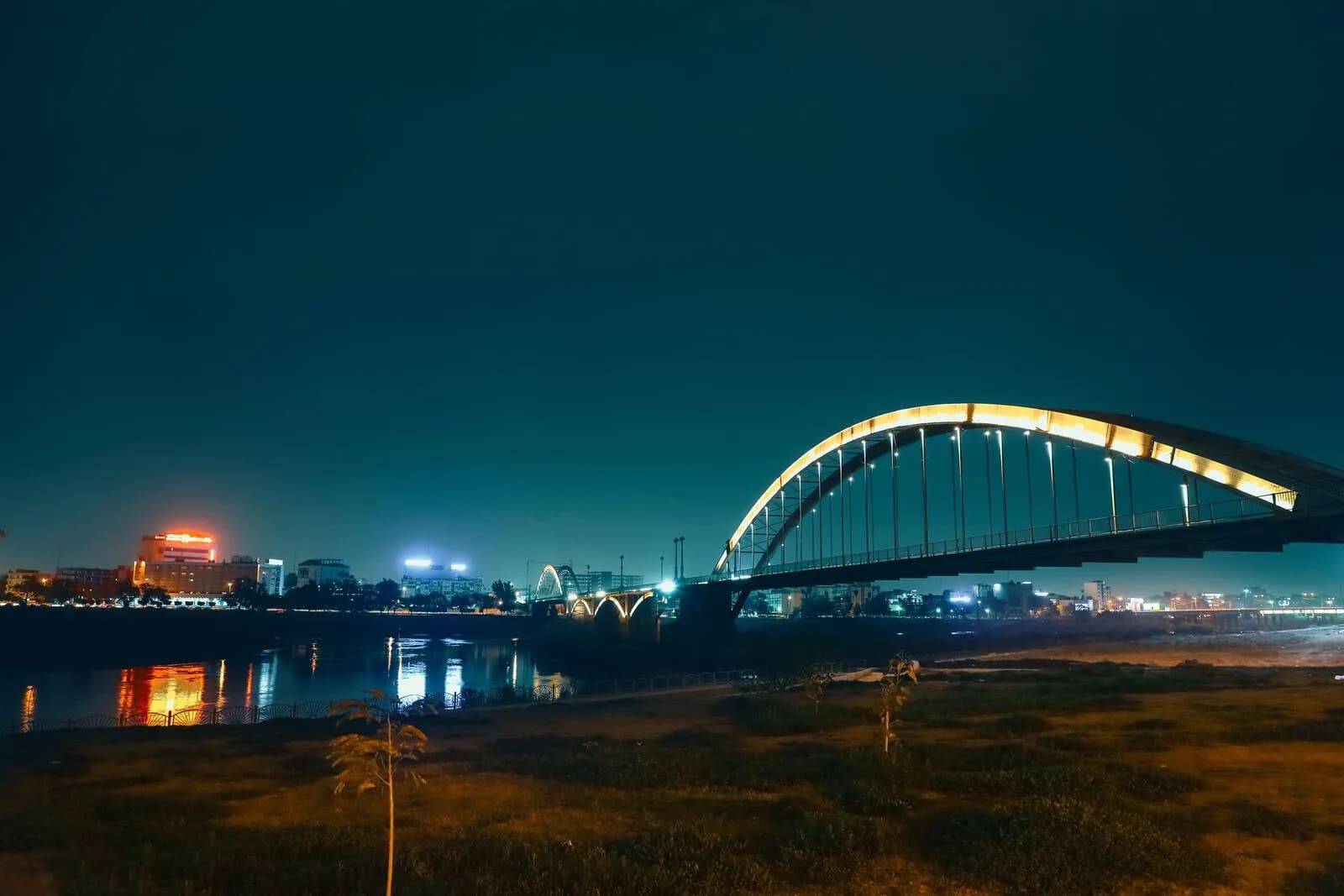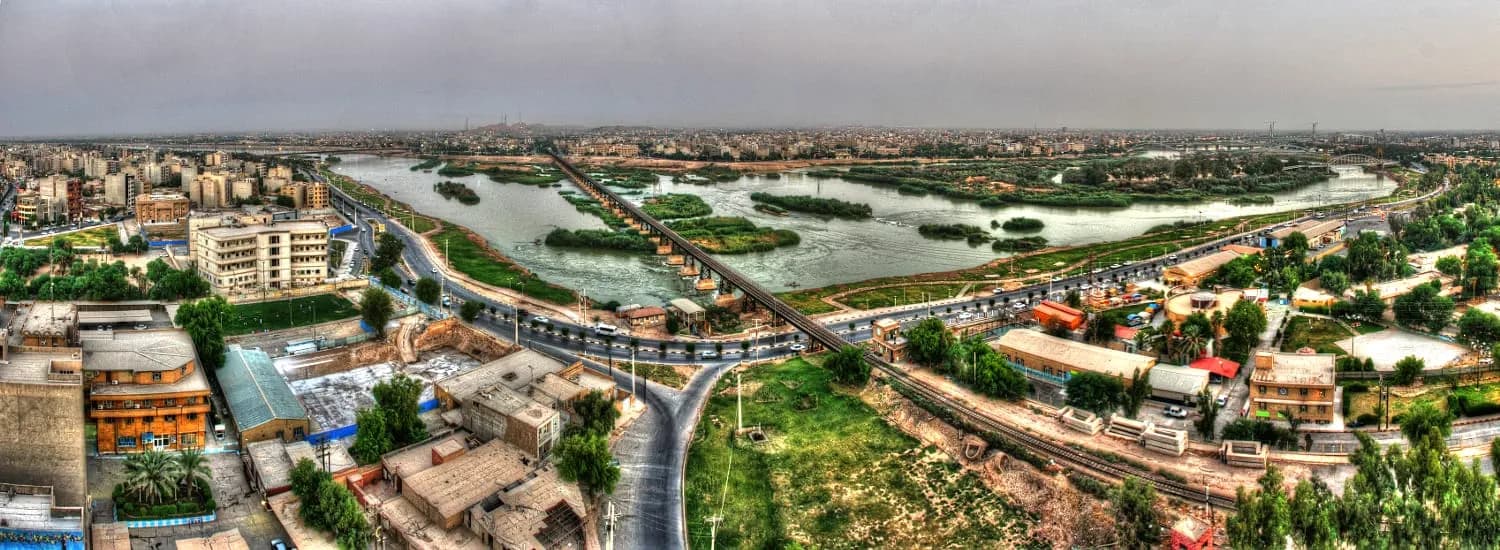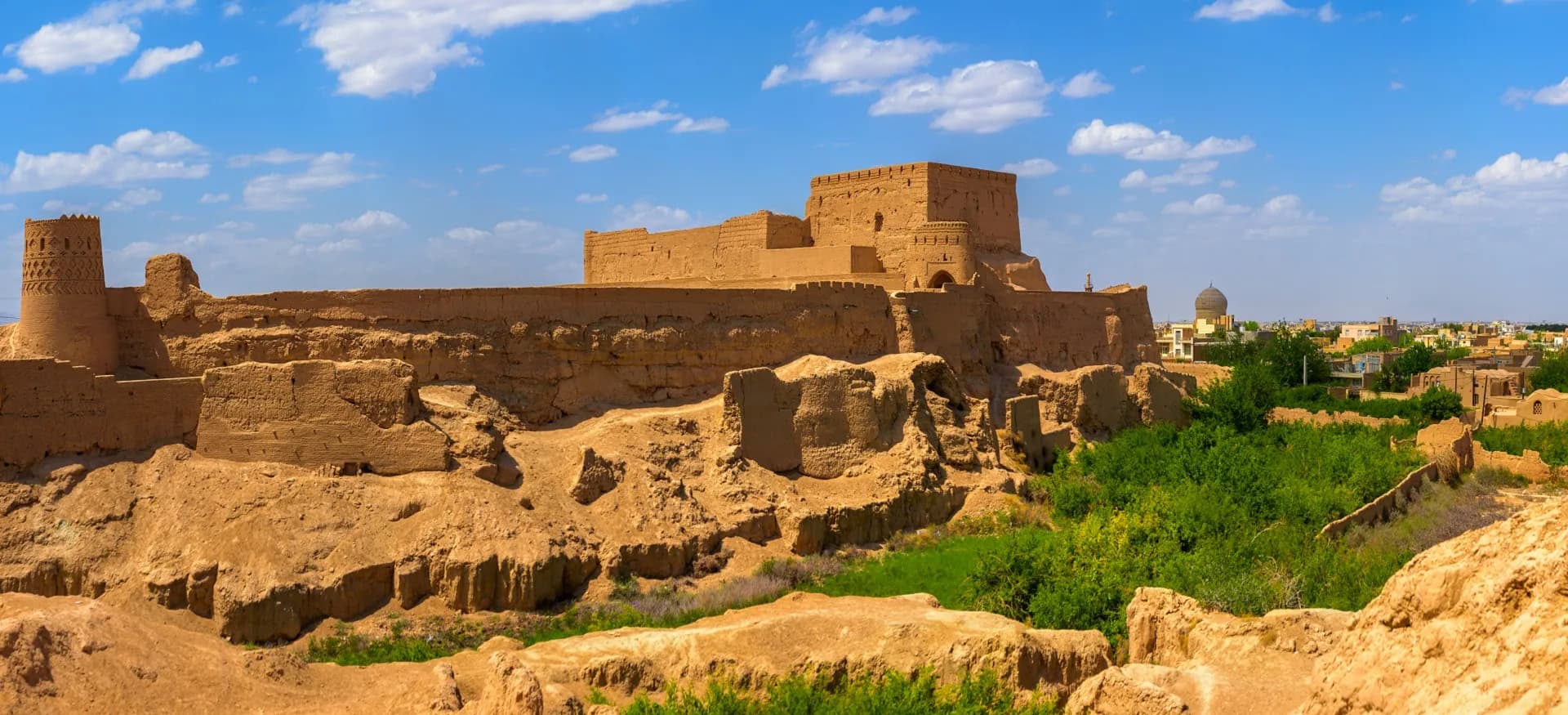About Ahvaz
Ahvaz, the capital of Khuzestan Province, is built on the banks of the Karoun (Karun) River, which is the largest river and the only navigable waterway in Iran. Ahvaz has a long history, dating back to the Achaemenid period. In ancient times, the city was one of the main centers of the Academy of Gondishapur. The passing of the Karun River, the biggest and longest river in Iran and the Middle East divides Ahvaz into an east and west part. Ahvaz famous as, “The City of Bridges” has gained important tourist attention. The best places in Ahvaz are situated alongside the river. Most people go to Kianpars Street at night and stroll among the shops. You could visit the old and hectic bazaar area (Taleqani Street). The nearby towns of Shush, Khorramshahr, Shushtar, and Dezful are also regions worth visiting for their breathtaking nature and a triple dose of UNESCO world heritage sites. The best time to visit Ahvaz usually coincides with the Persian New Year (Nowruz), just at the beginning of spring. Bear in mind that, if you have respiratory problems like asthma, visiting Ahvaz may not be the perfect option, since there are so many industrial air pollutants.
About the Climate of Ahvaz
Ahwaz has a subtropical hot desert climate with long, hot summers and cool, short winters. The temperature during summer is between 45 °C and 50 °C, with sandstorms that are common during this time. During the winters the minimum temperature can fall to 5 °C, but winters in Ahvaz have no snow.

